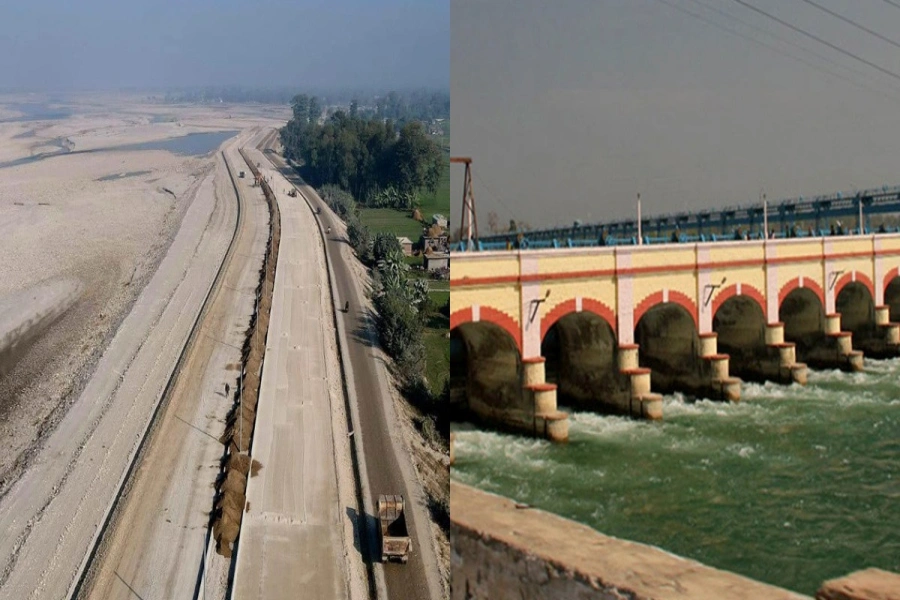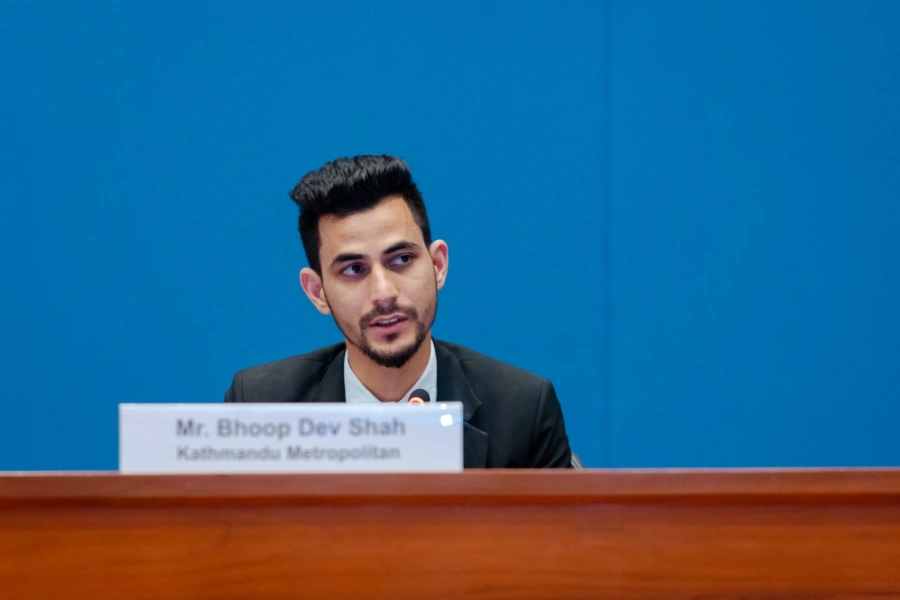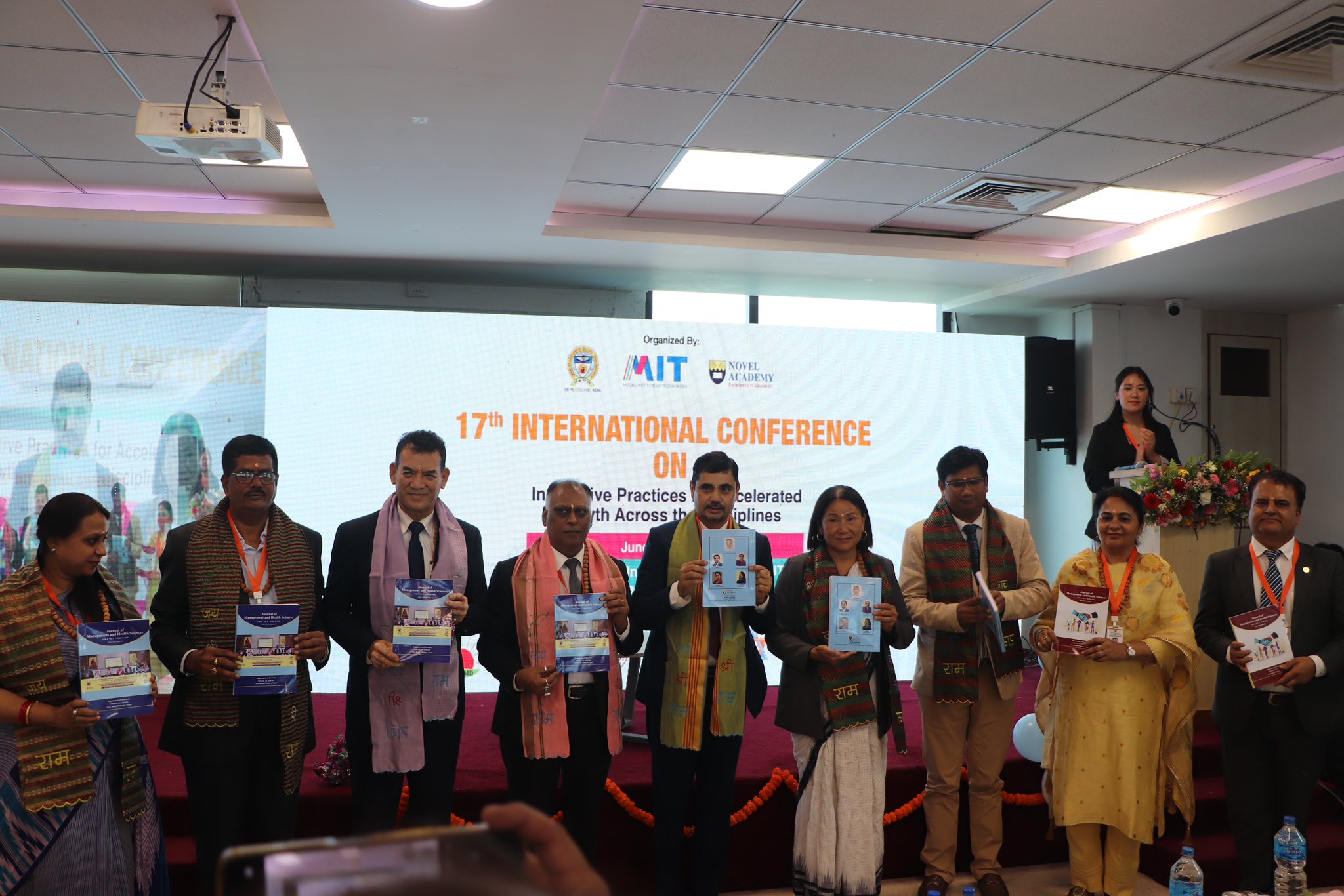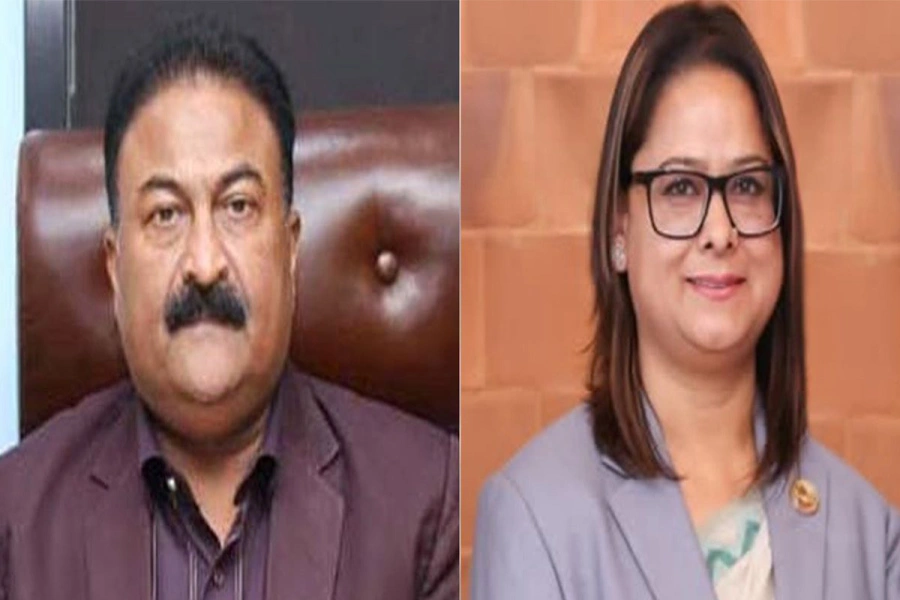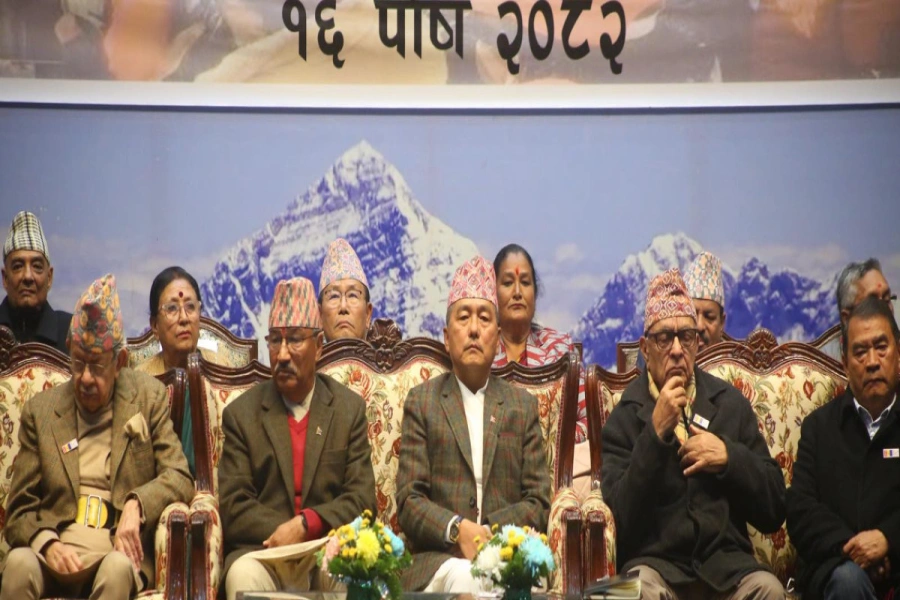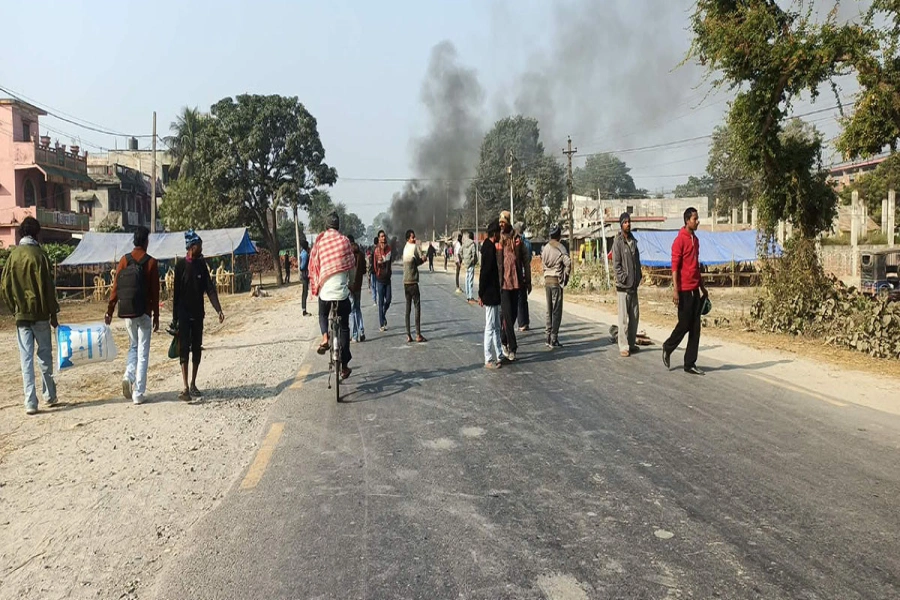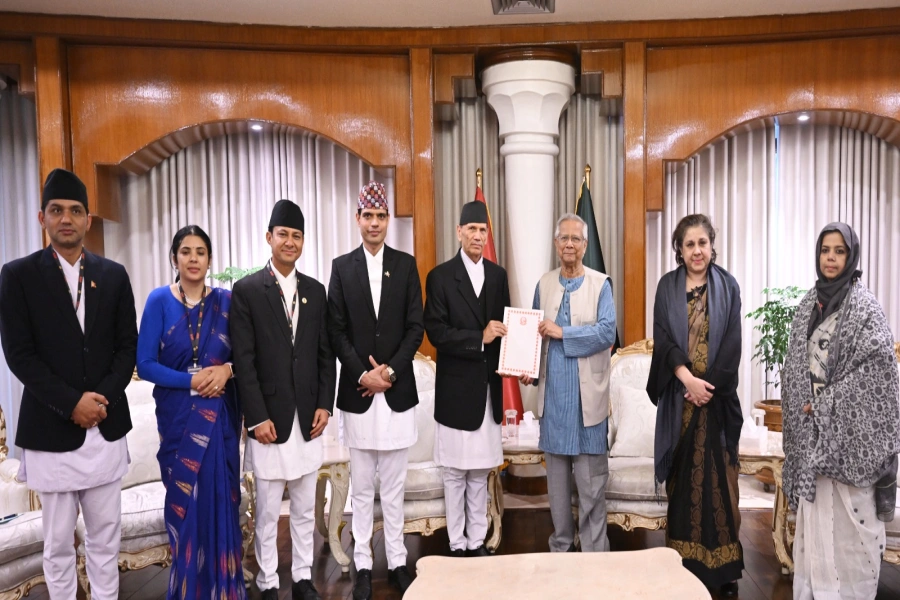Deeper understanding of problem within humanities education in Nepal will help us identify the reason behind its decline in Tribhuvan University
Humanities degree is dying globally. Given the decreasing enrolment of students, it’s on the verge to meet final end. In the 2013 New York Times article entitled “As Interest Fades in the Humanities, Colleges Worry” Tamar Lewin claimed that “Harvard had a 20 percent decline in humanities majors over the last decade”. In Nepal, in 2018 mainstream media outlets reported that since couple of years, there were no new students enrolled in MA program offered by central department of history at Tribhuvan University. Such evidences reinforce the fact that humanities degrees are declining in global level and Nepal remains no exception.
If you are student of humanities in Nepal, you are well experienced with biased social viewpoint to look at science and humanities students. Many people still think that humanities degree do not lead to better career options and practical job market. Today, young Nepali minds are choosing degrees with clear career grounds such as medical science, IT and engineering. It’s because we are weighing things in wrong scale and forcing people to believe in worthlessness of humanities subjects rather than changing our academic structure to equally adapt to both disciplines.
People’s tendency to choose science over humanities was influenced by the occurrence of new phenomena in postmodern society and today’s generation is plagued by the same. Speaking practically, contemporary economic life is dominated by technology which demands science, math and engineering, not history, literature or philosophies to thrive in career market. In response to this shift, students began to focus more on science stream rather than humanities, which indicates doomed end of latter subject. Humanities as an academic discipline were vital to understand real world phenomena in past but with the wake of digitalization when human civilization seemed tilting toward virtual space, we began to seek different outlook to understand new world. As a result, rhetoric gets shadowed in generation of bits and bytes where AI deciphers complex knowledge and presents explanations in sect of codes.
During the talk delivered in May 7, 1959 at Senate House, Cambridge, one of British scientists and novelists C P Snow argued that the intellectual life of the whole of Western society “was split into two cultures—the sciences and the humanities—which was a major hindrance to solving the world’s problems.” With this statement he showed the gap between two disciplines and seemed in favor of mitigating the gap. Till today intellectual society has not evolved enough to create any kind of systematic bridge to connect these two poles of knowledge. However, the wake of digital culture has offered an alternative approach to assimilate science and humanities. Modern society has developed the concept of Digital Humanities (DH) as an area of scholarly activity at the intersection of digital technologies and the disciplines of the humanities. This can possibly respond best to the existential threat of humanities and offer new platform for it to adapt in changed-changing world.
Grade 12 management, humanities and education results out

Digitalizing knowledge
Actually, the idea of digital humanities is not new to our world because the history of its inception dates back to early 1940s when Roberto Busa began the use of computer for linguistic and literary analysis by developing a text searching tool called ‘Index Thomisticus’. Similarly Noam Chomsky developed the Chomsky hierarchy in the field of linguistics which directly influenced the programming language theory and other branches of today’s computer science. Moreover, another leap in electronic literature was 1952 program ‘Love letter generator’ which used Alan Turing’s random number generator to create combinatory love letters on the Manchester Mark I computer.
Looking at the humanities and social sciences academy through the lens of industrialized education, the problems lie at the core of the current educational environment. The deeper understanding of the problem within humanities education in Nepal is the first step to identify the reason behind its decline in Tribhuvan University. Nowadays, lots of university graduates in Nepal don’t get jobs and as a literature graduate, you won’t even find a job description that equals your academic expertise. No employer thinks that someone who has spent years reading Shakespeare and understanding Michel Foucault could offer anything valuable to them. The humanities subjects—Literature, History, Geography, Sociology and so on—are considered worthless in social level. In response to this problem, university should make methodology transformation on how humanities subject are taught and enable students to sell their knowledge in digital platforms. No longer should students be forced to remain limited in traditional knowledge acquiring culture. The university should make use of digital teaching method, thus encouraging students to exercise their learning in digital space and share out their understanding through digital platform.
Just imagine the students of history at Tribhuvan University climb up Dharhaara on their computer or look at graphic image of village featured in BP Koirala’s novel Narendra Dai. Such digitalization will attract the interest of students and they can give output of their historical knowledge through similar digital mediums. The discourse of humanities will automatically find its place in science dominated world when we create academic environment where scientist, programmer, writer and historian work together to fulfill common objectives.
In immediate phase, Nepal should strive for digitalization of humanities in three fronts: animating texts using audio/visual method, circulating digital texts in academic institutions and institutionalize digital culture in teaching/learning process.
One example of such digital initiation is a project entitled ‘Frederick Douglass in Britain’ by Hannah-Rose Murray which shows Frederick Douglass’ travels in Britain in 1845. It includes teaching resources, a collection of Douglass’ speeches, and other information on this famous abolitionist. In one talk Murray has outlined some of the benefits that Digital Humanities can give social historians, and how her PhD research—which focuses on African American abolitionists in Britain—has been enriched by digital mapping techniques. She outlines the website she has created and two maps highlighting abolitionist speaking locations, the main focus of which was to make black American contributions to British society more visible. Digital Humanities is not just about finding viable medium to depict knowledge in different formats. It will slowly revolutionize the way we think and the way we produce knowledge.
Adapted, it lasts
Digital Humanities in a sense can be regarded as radical shift from conventional knowledge production and distribution. It’s a progressive version of humanities exercised through digital technology. The ubiquity of today’s embryonic technologies is a relatively new phenomenon that will someday invade the world of knowledge. Amid such context, humanities as a discipline should find adaptation in changing world or it will surely face the end.
Thus, instead of rotting the character analysis, lets act our drama curriculum in stage, lets follow Nawaraj Parajuli and expand the poetry concert culture on You Tube, let’s assemble the historical data and motivate students to broadcast researched past on social media, let’s offer people a tour inside the virtual 3D model of Kailashkut palace. If Nepali academia finds such innovative ways to incorporate endangered subject in evolving educational environment, humanities will surely get a new life in our academia.
The author, a freelance writer and researcher, is currently pursuing Master’s Degree in English Literature from Tribhuvan University





